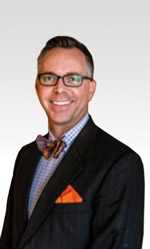Hands-on, Practical Guidance for Educators
From math,
literacy, science, equity, multilingual learners, and SEL, to assessment, school counseling,
and education leadership, our books are research-based and authored by experts
on topics most relevant to what educators are facing today.

Bestseller!
Teaching Mathematics in the Visible Learning Classroom, Grades K-2
First Edition
Leverage the most effective teaching practices at the most effective time to meet the surface, deep, and transfer learning needs of every K–2 mathematics student.
Product Details
- Grade Level: K-2
- ISBN: 9781544333298
- Published By: Corwin
- Series: Corwin Mathematics Series
- Year: 2019
- Page Count: 288
- Publication date: January 29, 2019
Review Copies
Review copies may be requested by individuals planning to purchase 10 or more copies for a team or considering a book for adoption in a higher ed course. Request review copy






